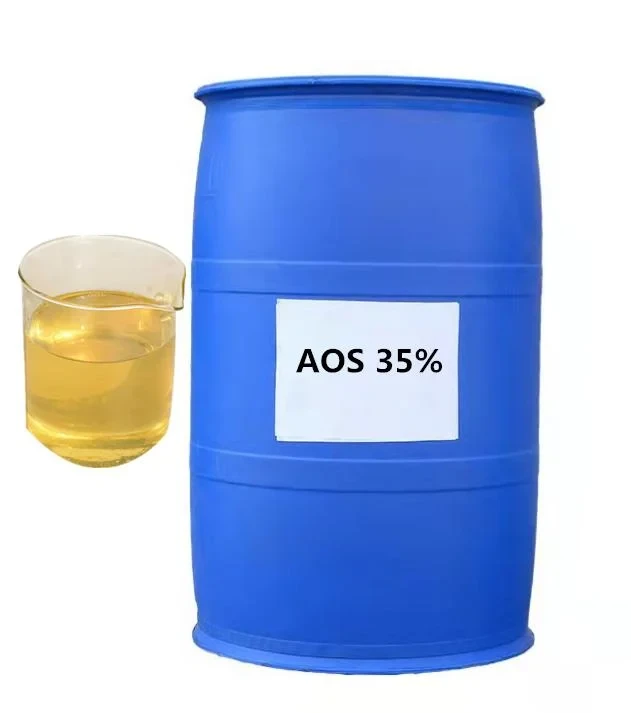



Safety Data Sheet for Sodium Hydroxide Handling and Exposure Guidelines
Understanding the MSDS for Sodium Hydroxide (NaOH)
Sodium hydroxide (NaOH), commonly known as caustic soda or lye, is a highly versatile chemical used in various industries ranging from soap making to food processing. Due to its highly reactive nature and potential hazards, it is essential to understand its Material Safety Data Sheet (MSDS) for safe handling and application.
Composition and Identification
Sodium hydroxide is represented by the chemical formula NaOH. It appears as a white solid in its pure form and is commonly found in aqueous solutions. Under the CAS registry number 1310-73-2, NaOH is classified as a strong base and highly soluble in water. The chemical's pH is exceedingly high, making it caustic and hazardous to living tissues.
Hazards Identification
The MSDS layout provides crucial information regarding the hazards associated with sodium hydroxide. It can cause severe burns upon contact with skin or eyes due to its alkaline properties. Inhalation of NaOH dust or mists can lead to respiratory issues, chemical pneumonitis, or throat irritation. If ingested, sodium hydroxide poses serious risks including gastrointestinal burns or perforation, potentially leading to life-threatening conditions.
The chemical is classified as corrosive and can react vigorously with acids and organic materials, thereby increasing the risk of fire or explosion. For this reason, proper storage and handling protocols are essential to ensure safety in both industrial and laboratory settings.
First-Aid Measures
The MSDS also outlines the necessary first-aid measures in case of exposure.
- Skin Contact If sodium hydroxide comes into contact with skin, it is critical to wash the affected area with plenty of water for at least 15 minutes. Immediate medical attention should be sought as severe burns can occur. - Eye Contact In the event of eye exposure, the affected person should rinse their eyes with water or saline solution for an extended period (at least 15 minutes) while seeking emergency medical help.
- Inhalation If inhaled, the individual should be moved to fresh air immediately. Medical attention should be sought if respiratory difficulties persist.
naoh msds

- Ingestion If ingested, do not induce vomiting. Rinse the mouth with water and seek immediate medical assistance.
Fire-Fighting Measures
Although sodium hydroxide itself is non-combustible, its reactions with other materials can produce flammable hydrogen gas. The MSDS recommends using Class B fire extinguishing agents for any fires that might be associated with its presence. Additionally, fire-fighters should wear full protective gear, including self-contained breathing apparatus, to prevent inhalation of harmful fumes.
Exposure Controls and Personal Protection
The MSDS highlights the importance of using appropriate personal protective equipment (PPE) when handling sodium hydroxide. This includes
- Protective Gloves Chemical-resistant gloves should be worn to prevent skin contact. - Eye Protection Safety goggles or face shields are essential to protect against splashes. - Respiratory Protection When working in open environments with potential dust generation, appropriate respiratory protection may be necessary.
- Clothing Protective clothing should be worn to minimize skin exposure.
Safe Storage and Disposal
Sodium hydroxide should be stored in a cool, dry area, away from incompatible substances such as acids or organic materials. It is typically kept in tightly closed containers to prevent moisture absorption. When it comes to disposal, sodium hydroxide should not be poured down drainage systems due to its corrosive nature. Instead, it should be neutralized with an acid (in controlled conditions) and disposed of according to local regulations.
Conclusion
Sodium hydroxide is a powerful and essential chemical in many industrial processes, but it requires stringent safety precautions due to its hazardous nature. Understanding and following the guidelines set forth in its MSDS can help prevent accidents and ensure safe usage. Always prioritize safety by equipping yourself with knowledge and necessary protective equipment when dealing with caustic substances like NaOH.
-
Why Sodium Persulfate Is Everywhere NowNewsJul.07,2025
-
Why Polyacrylamide Is in High DemandNewsJul.07,2025
-
Understanding Paint Chemicals and Their ApplicationsNewsJul.07,2025
-
Smart Use Of Mining ChemicalsNewsJul.07,2025
-
Practical Uses of Potassium MonopersulfateNewsJul.07,2025
-
Agrochemicals In Real FarmingNewsJul.07,2025
-
Sodium Chlorite Hot UsesNewsJul.01,2025










